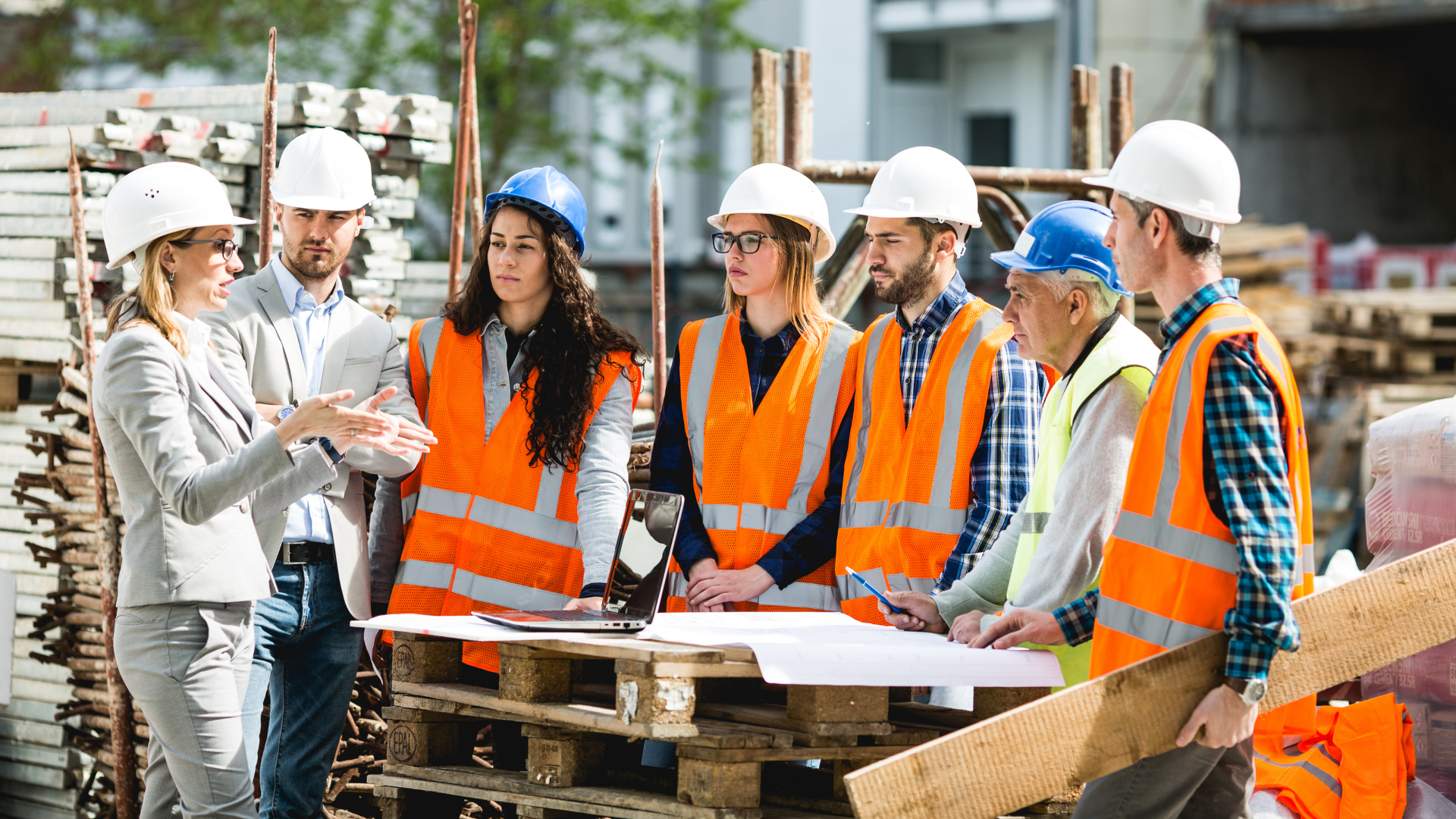With the phrase “safety first”, it’s important to remember that safety is not just about wearing a hard hat or having a seat belt strapped around your waist. It’s about taking the time to ensure that you’re working in a safe environment with the necessary tools and equipment at your disposal.
On average, there are more than 600 fatal construction accidents every single year. Worker safety isn’t always top-of-mind when running a construction company, but it should be the most important concern. Many companies end up paying millions in worker’s compensation each year because accidents happen and the victims seek justice with the help of firms similar to Larrimer & Larrimer on their side. Therefore, even for companies it makes good business sense to prioritize worker safety.
There are many hazards construction workers face every day, and there are a lot of different things you can do each day to keep your employees safe. There’s obviously the larger steps like implementing the proper protocols, giving the required training to workers, and managing the scaffolding on the construction site. You can always reach out to professionals for scaffolding services in Hull (or elsewhere), for training software, and more. So sometimes it’s about a better well-rounded understanding of workplace safety, but sometimes, safety is also just about the tools that you provide to your workers.
In this article, we break down the 5 most essential items every worker should have on site.
1. A Hard Hat That Fits Correctly
Hard hats are a vital piece of safety equipment for construction workers. There are many types of hard hats available on the market, but it is important to find one that fits well and is comfortable to wear. Construction workers need to make sure that the hard hat they are using is properly fitted. The fit should be tight enough so that it does not move around while you are working, but loose enough so that you can adjust it if necessary. It is also important to make sure that the hard hat has a secure connection to the headgear straps. If the hard hat falls off or becomes loose, it can provide protection against head injuries.
2. Eye protection
Another key piece of equipment for construction workers is proper eye protection. This includes safety glasses, which offer good vision and protection from debris and harmful chemicals. In addition, many construction sites include environmental hazards such as dust and bright sunlight. Sunglasses can help prevent eye damage from these conditions.
3. Hearing Protection
Construction workers are exposed to hazardous noise levels daily. Hearing protection is essential for a safe work environment. There are several different types of hearing protection available, including ear plugs, ear muffs, and noise-canceling headphones. Construction workers should be sure to select the type of hearing protection that is best suited for their specific needs.
Construction workers should always wear earplugs when working with noise levels above 85 decibels. Ear plugs can block out much of the noise, helping to protect your ears from damage. The National Institute for Occupational Safety and Health (NIOSH) recommends that construction workers use ear muff protectors when working with noise levels above 85 decibels. Ear muffs provide greater protection than ear plugs against noise-induced hearing loss.
Noise-canceling headphones are a good choice for construction workers who need to remain aware of their surroundings while working with loud noise levels. Noise-canceling headphones reduce the amount of background noise so you can hear what is happening around you safely.
4. Safety Gloves And Boots
A construction worker’s safety depends on having the proper tools and clothing to protect them while they are working. Gloves protect their hands from sharp objects and debris, while boots provide good traction and foot protection against slips and trips.
Construction workers should always wear a pair of nitrile disposable gloves when handling sharp objects or working with hazardous chemicals. They often need boots that can withstand tough conditions. Rubber boots provide good protection against slips, falls, and scratches. Some construction workers prefer steel-toe boots because they offer more protection in low-traffic areas. To make sure that the worker is as safe as possible, be sure to include gloves, boots, and any other safety gear necessary for the job at hand.
5. Chemical and Electricity Protectors
Workers in construction are exposed to many hazards on the job, including falling objects, chemicals, and Electrocution. To protect themselves from these hazards, workers need access to adequate safety equipment, including electricity protectors. Electricity protectors are devices that neutralize or reduce the electrical fields associated with electric currents.
They can be attached to tools or body parts to protect them from electric shock. Every construction worker needs a supply of electricity protectors when working with electric current, especially if they are working with power tools. Construction workers also need safety equipment such as helmets, face masks, and shields when working with chemicals. If chemical exposure is likely, workers should wear full protective clothing and equipment.
Apart from the above-mentioned tools and equipment, construction workers should also be trained in emergency first aid at work, so that they are informed about how to handle a case of emergency without panicking. A one-day course in first aid should be organized for all the construction workers to educate them on the basics of first aid, such as how to apply a bandage, how to use a defibrillator, and how to perform CPR.
Needless to mention, construction workers need to be aware of the potential hazards on the job and take the necessary precautions to stay safe. Some of the most important items for a safe work environment include hard hats, safety glasses, gloves, and steel-toed boots. By following safety protocols and using the proper equipment, construction workers can help prevent accidents and injuries on the job.
